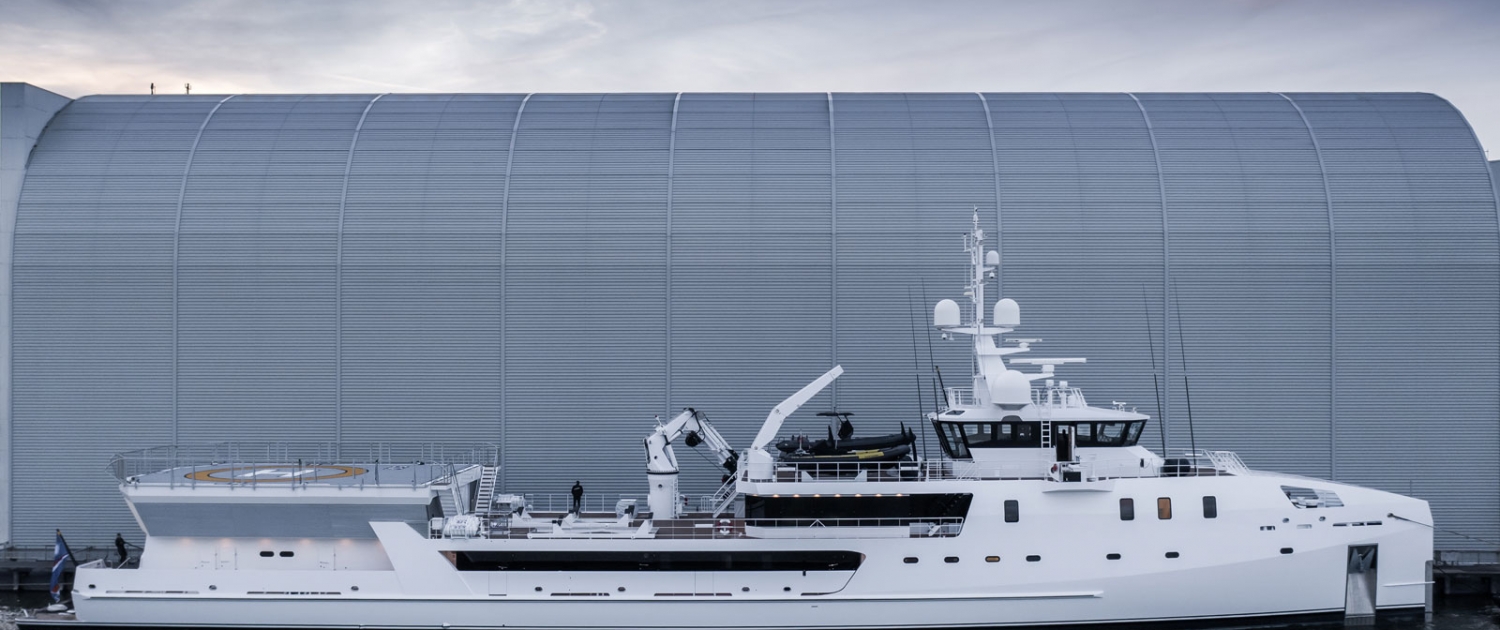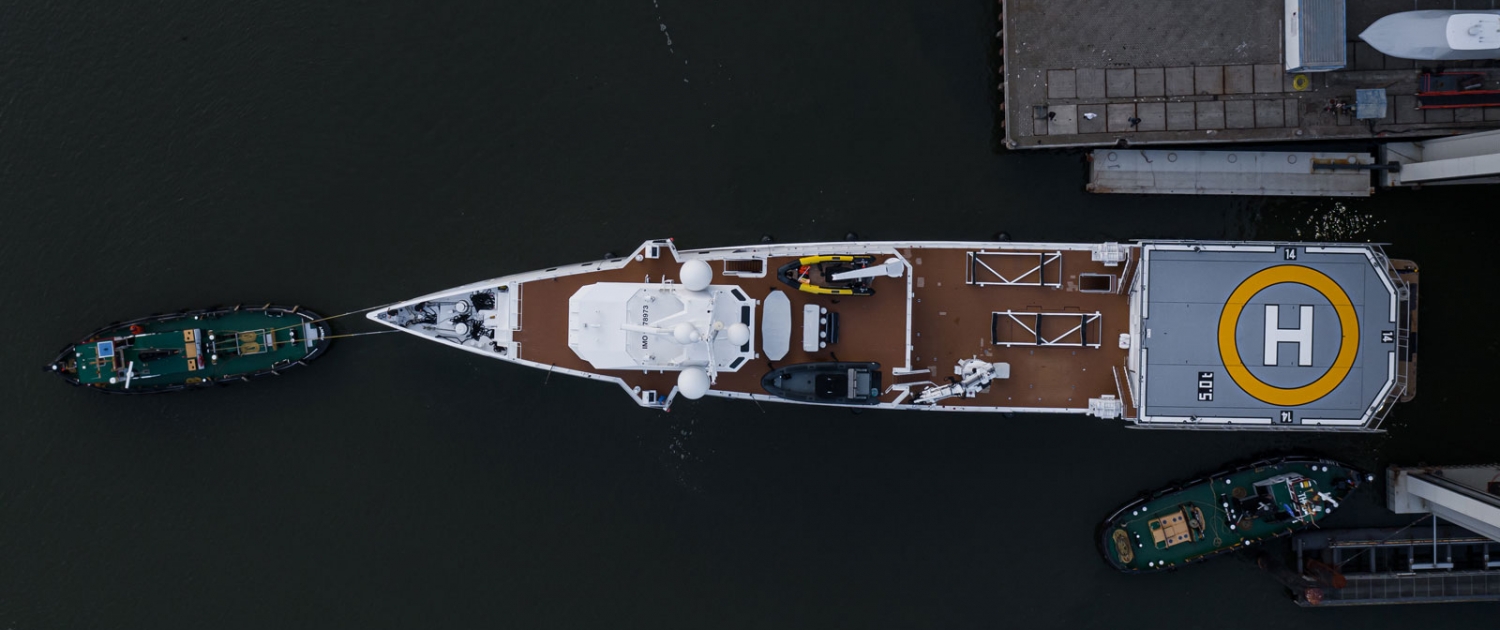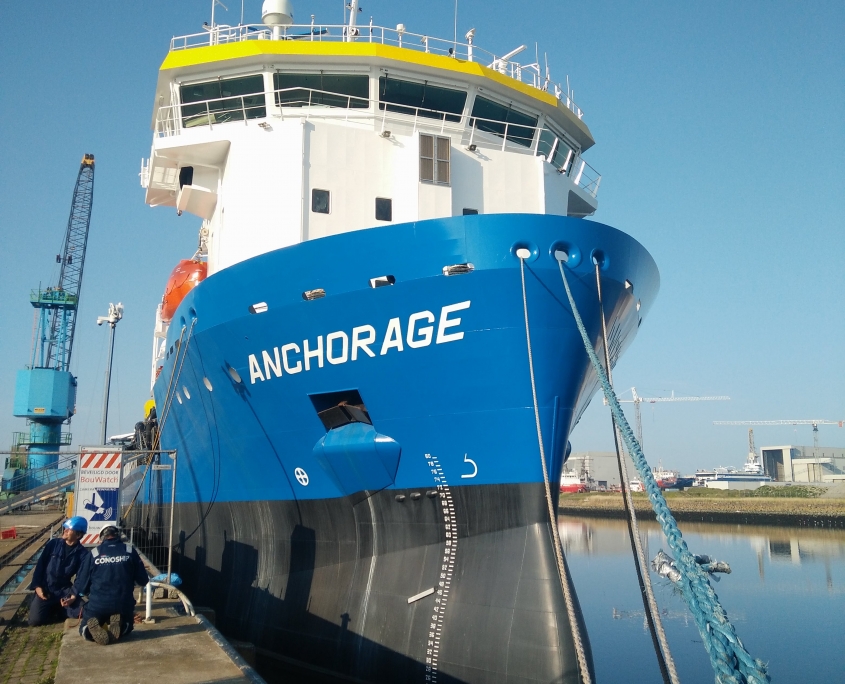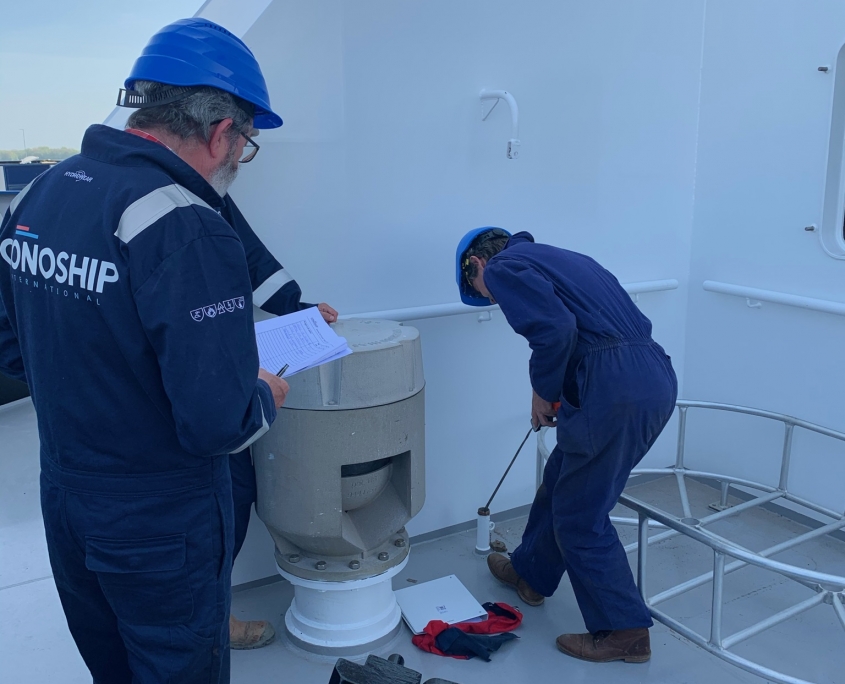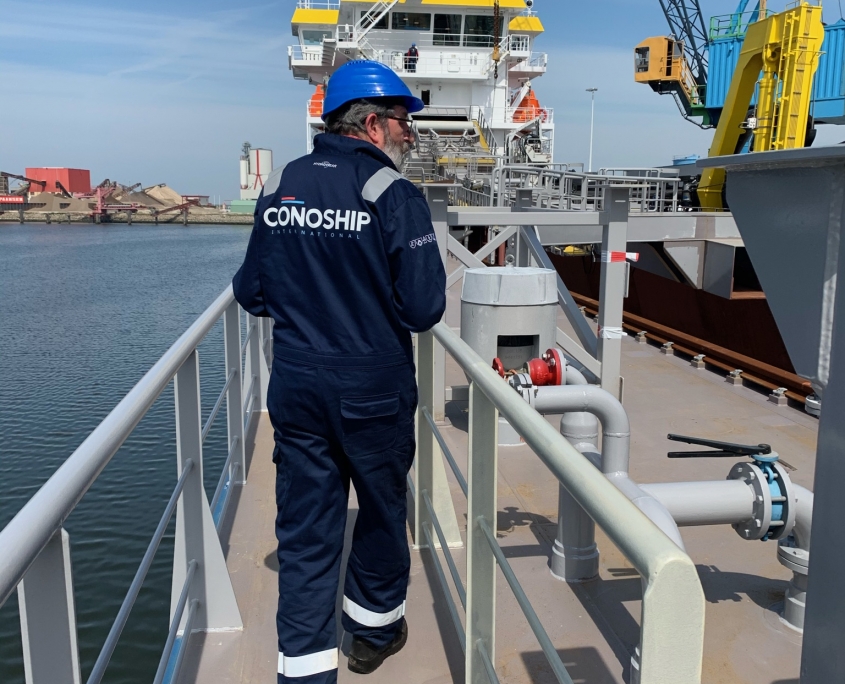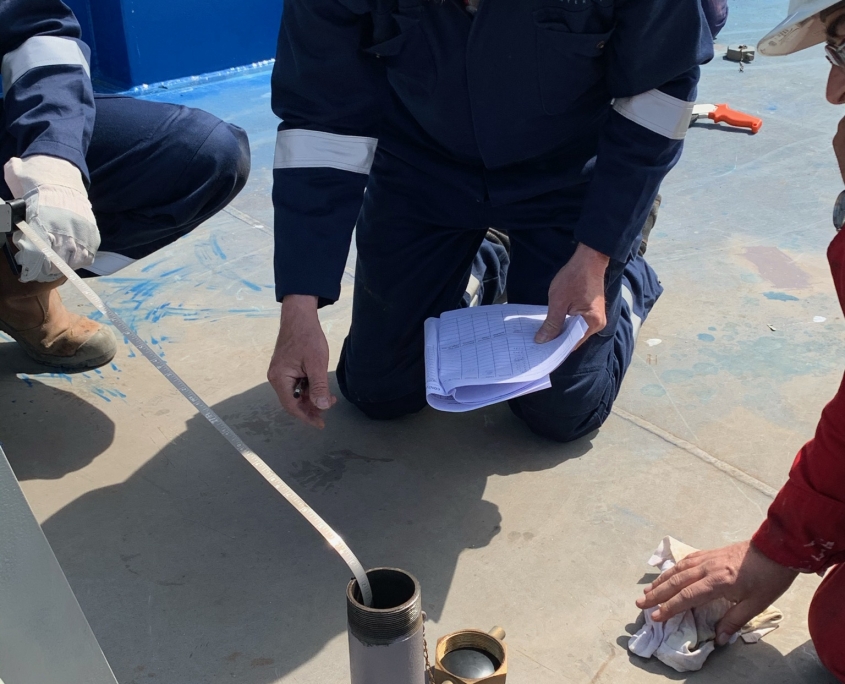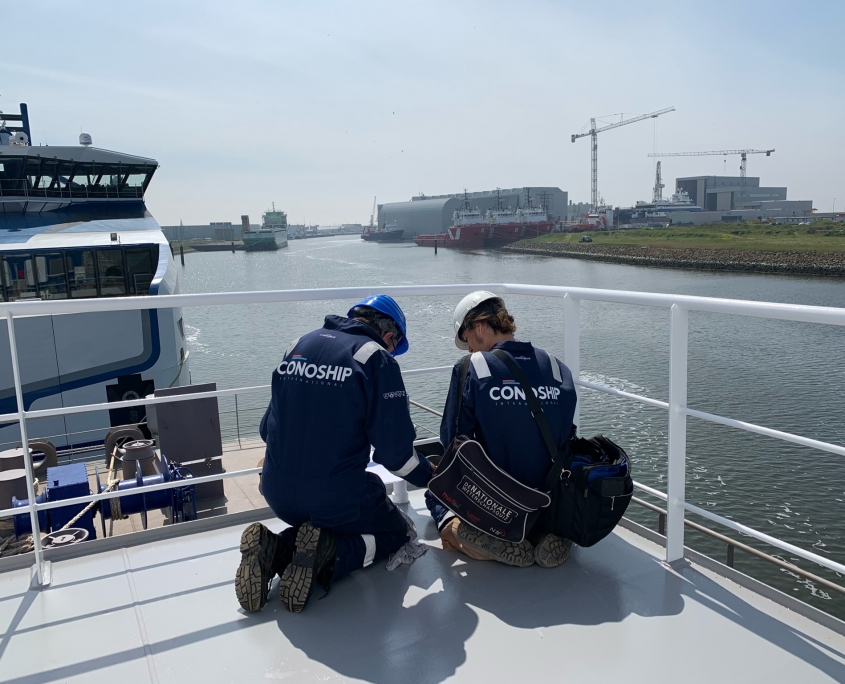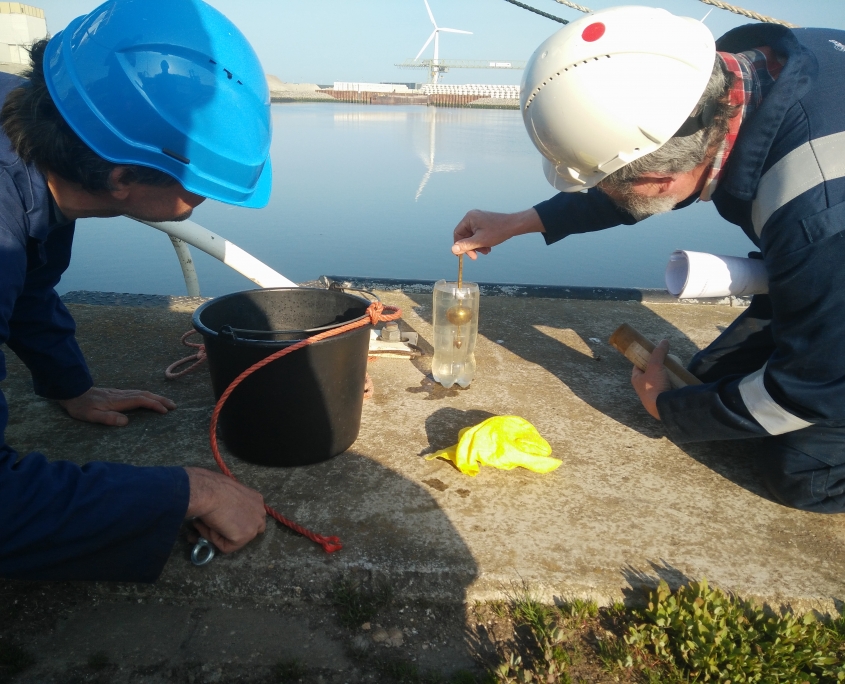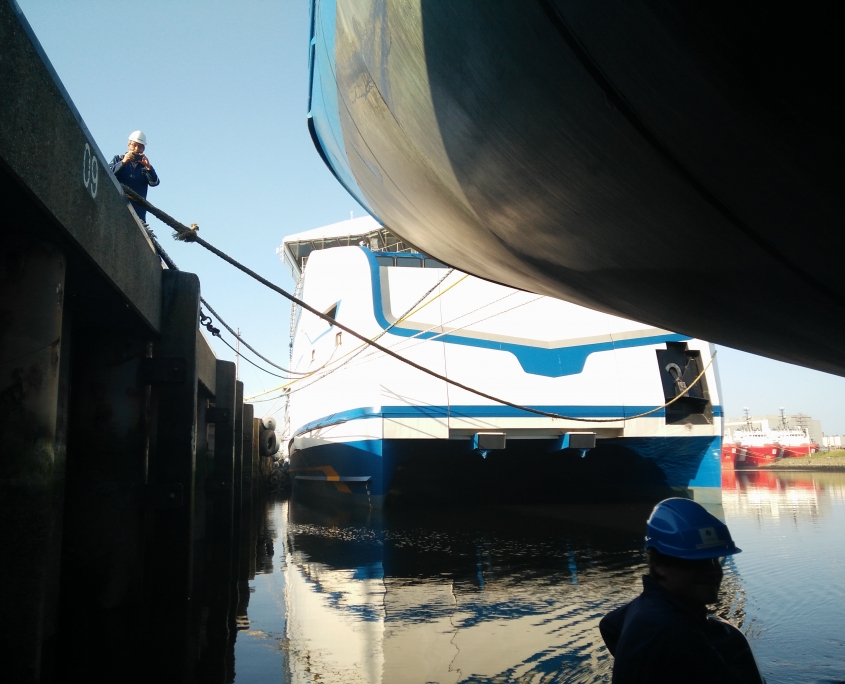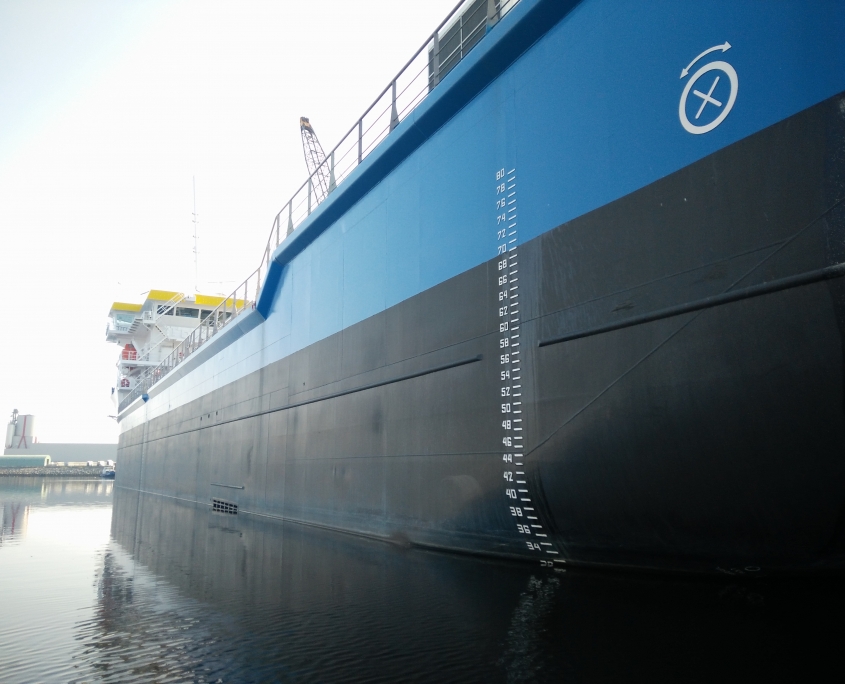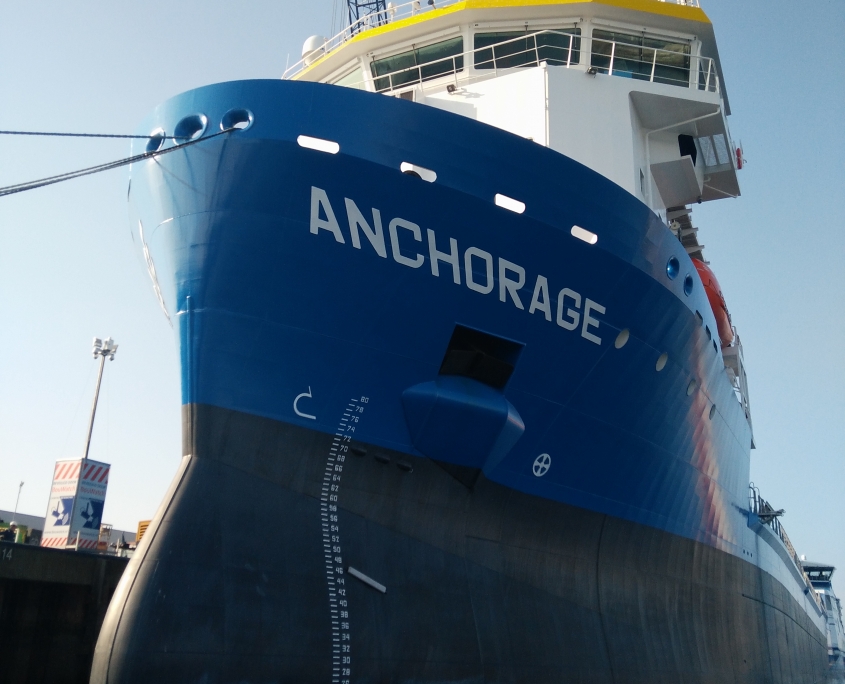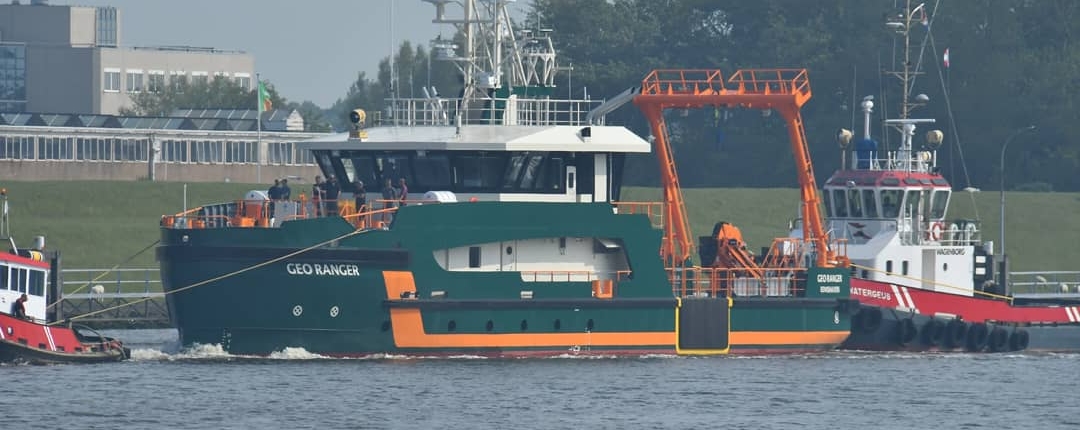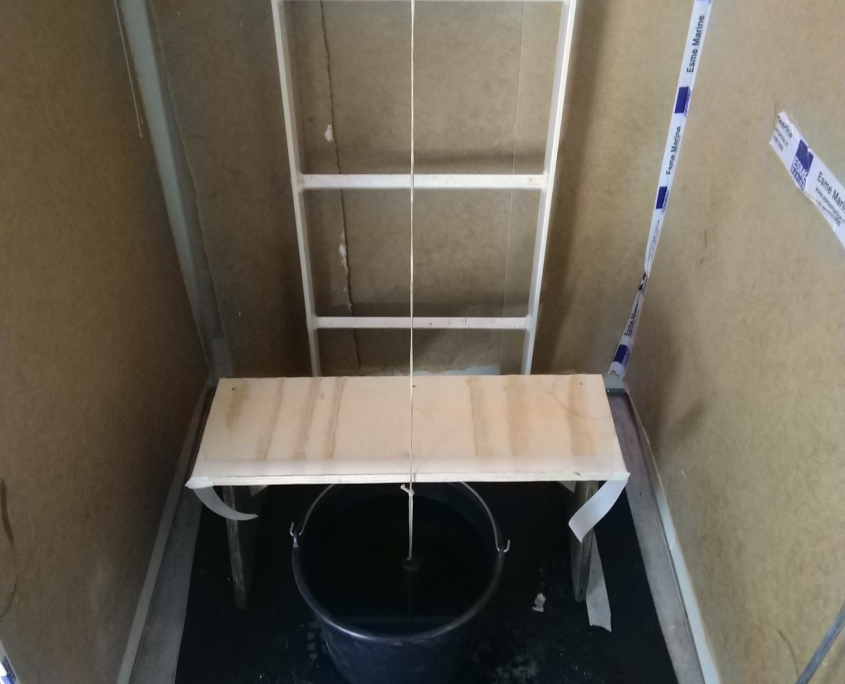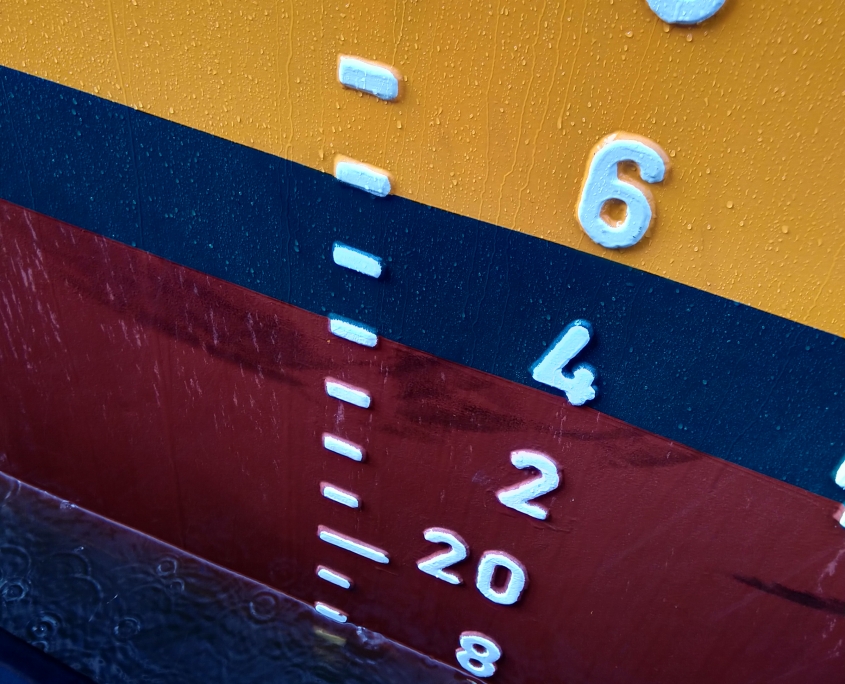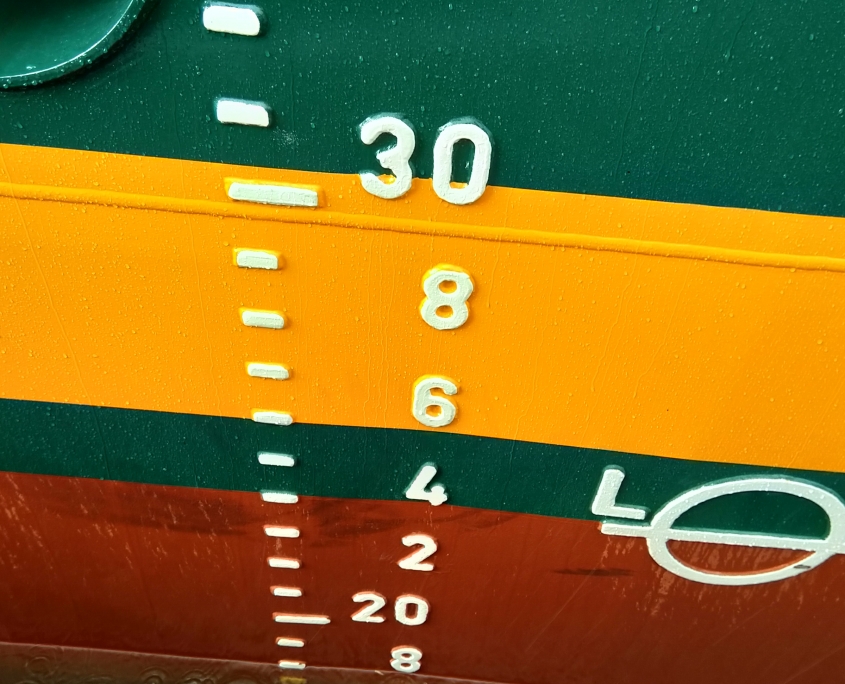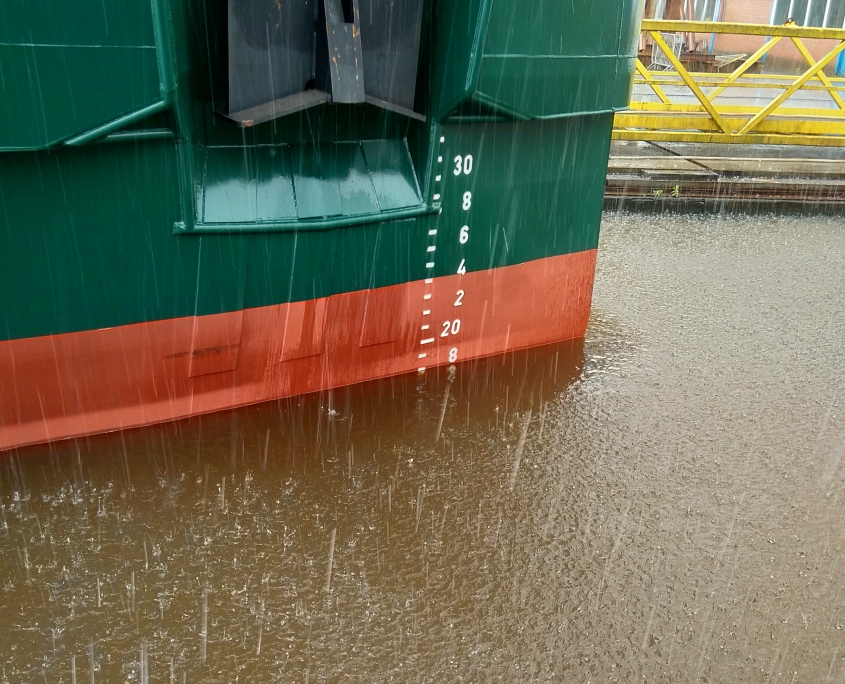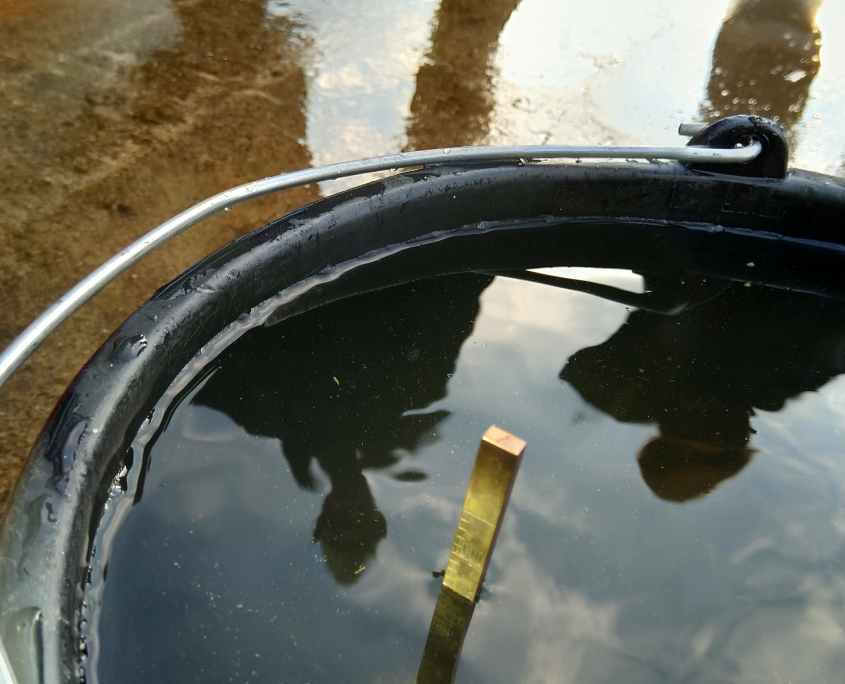An inclining test is a test performed on a ship to determine its weight and center of gravity. The test is applied to newly constructed ships greater than 24 meters in length, and to ships altered in ways that could affect stability. The test procedures are specified by the International Maritime Organization and will provide a classification society with the necessary information to approve or disapprove a sea trial. With preparation the inclination test takes one day on board of the ship and the final calculation can be ready within a week.
Steady as she goes
Our maritime engineers have extensive experience in performing inclining tests. Every year we carry it out for a multitude of ships. Here are some of the past year: the Hydrographic Research Vessel ‘Geo Ranger’, the Marine Aggregate Dredger ‘Anchorage’ and the Yacht Support Vessel ‘Game Changer’.
Yacht Support Vessel Game Changer – August 11th 2020
Due to an extension of the hull, creating a new platform deck on the aft ship, the lightship weight and the stability of Motor Yacht Game Changer had to be re-checked. Being on a yacht is quite something else compared to performing inclining tests on Cargo Vessels. “Everything is clean and tidy and the space for positioning the pendulum is very limited” says Wouter van Terwisga, Naval Architect at Conoship International.
As the ship was still docked and not yet floating, the first step was writing down all the weights that had to be added or removed. This list was still quite extensive as the ship was under maintenance. From rubber matting in the accommodation to the railing on the new aft-ship platform. The weights were estimated as well as possible to determine an accurate Lightship weight.
After the water was pumped into the dock and the ship was floating, the weights were lifted on board. Eight IBC’s of approximately 1.3 tons each were positioned on the maindeck and helicopter deck. The draught marks were measured by paddling around the ship with a small boat. “A big advantage of the ship being located in a covered dock is the calm water” explains Jan van Zelderen, Naval Architect and Director Technology. “The lack of waves and wind make it possible to execute an accurate inclining test, as the draughtmarks are easy to read and the pendulum doesn’t move very much.”
For the inclining test Jan placed his inclinometer in the aftship and Wouter positioned himself next to the pendulum hanging in a ventilation duct. The Surveyor from Lloyds Register monitored the process and checked the correct positioning of the weights, while Jan and Wouter wrote down the results of the inclination. Overall, the process of executing the test only took a few hours. Being on a luxurious ship with air-conditioning on this tropical day almost made it an outing!
Marine Aggregate Dredger Anchorage – May 9th 2020
In May 2020 Jan van Zelderen and Redmer van der Meer, both Naval Architects at Conoship International, were welcomed at the TB shipyard in Harlingen to perform the inclining test for the newbuild dredger Anchorage. A report in pictures.
“The day started at the shipyard of Royal Niestern Sander at 10 o’clock”, says Jan van der Zee, Naval Architect at Conoship. Together with the project manager of the yard a visual inspection of the state of the ship is performed and the ‘missing weights’ are identified. When a ship is being finished at the yard some parts will not be completed yet. In order to have an accurate and valid test the weight of these parts has to be calculated or provided by the shipyard to be included in the data. In case of the Geo Ranger the paneling on the bridge deck was still being finished.
The second part of the preparation is placing the inclining weights: these need to be placed in such a manner that a good test and reading of the results can be accomplished. In Geo Ranger the area where the pendulums would be hanging was rather narrow. “Additional ‘benches’ where the strips, on which the measurements are noted, are to be placed had to be custom made and fitted”, according to Jan.
Also present at the inclining test is a surveyor of the classification society, in this case Lloyd’s Register. Together with the surveyor and the owner a complete tour of the ship is done for the official registration. The weights are checked and the positions are noted down.
The third and final step of the preparations is the recording of the draughts. These can be read of the side of the hull. However, heavy rain was coming out of the sky at that moment. “Luckily the draughts could be recorded from a tugboat with a closed wheelhouse so everybody could take shelter in between measurements”, Jan recalls.
The pendulum or rolling tests started at 16:30 and went quite smoothly. The baseline measurement deviated a bit due to the rainwater on deck, resulting in the ship leaning over to port side. During the displacement of the first weight, most of this water was washed off deck. After the rolling test the specific gravity of the water was recorded with the salinometer. Around 19:30 everybody could return home after a successful pendulum test.
Pictures courtesy of Tom van Oossanen (Game Changer), Henk Kwant (Geo Ranger) and Conoship International


